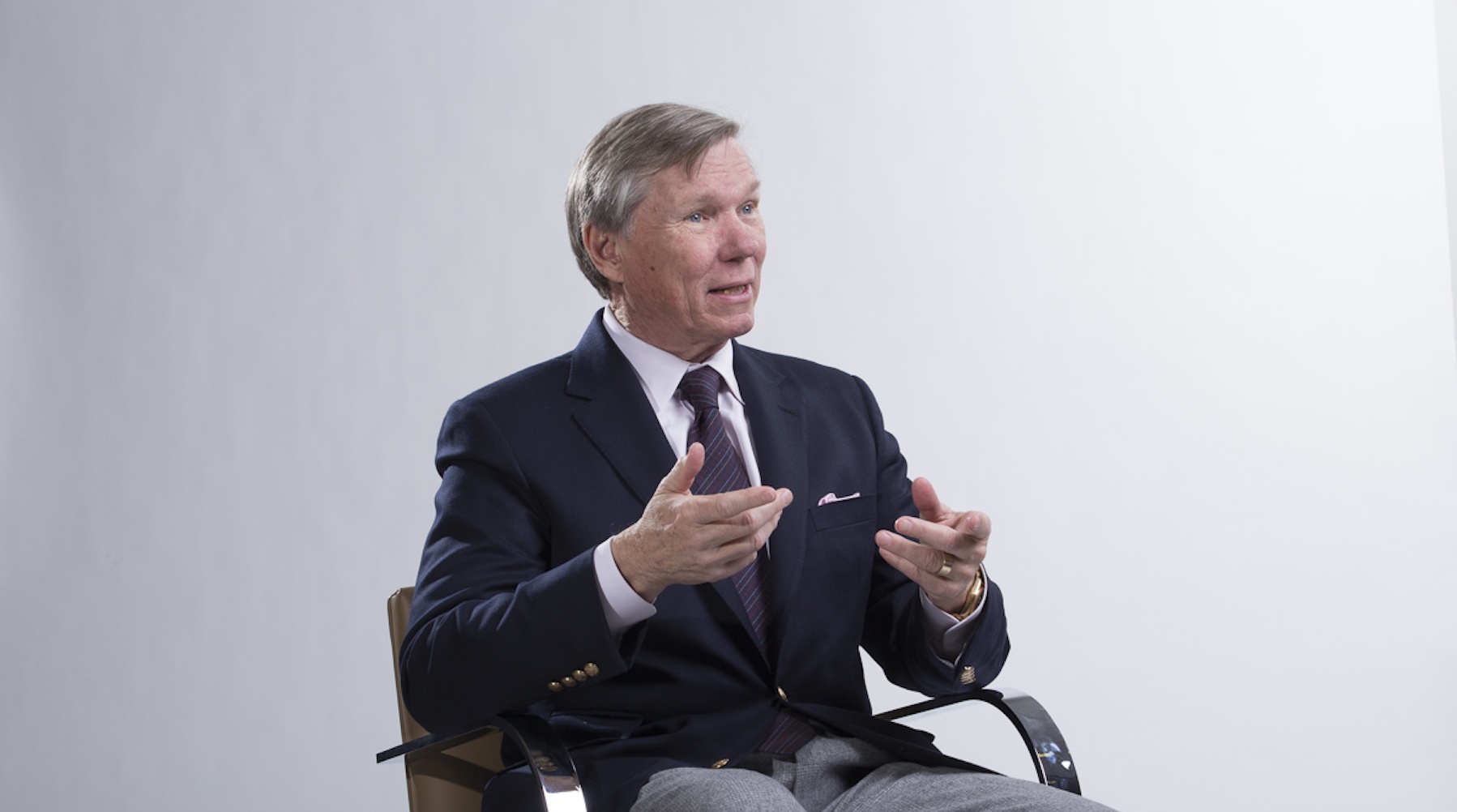In late March, a journalist asked Dr. Anthony Fauci how long we should expect the coronavirus to affect daily life in the U.S. The nation’s top infectious disease specialist answered, “You don’t make the timeline; the virus makes the timeline.”
That statement remains true today. But it doesn’t settle a related question that looms even larger: How, exactly, will this pandemic end?
The coronavirus is not like a typical natural disaster. Tornadoes, hurricanes and tsunamis descend with terrifying swiftness. But then they’re gone as quickly as they arrived.
Of course, recovery is not instantaneous. Related health problems – lack of safe drinking water, localized outbreaks of communicable diseases – may ensue. Still, these issues usually remain limited in scope, and in most cases they’re not complicated by the looming threat of another natural disaster.
Pandemics, though, don’t have clearly demarcated endpoints. They cease much as they begin: gradually, even invisibly. Their true contours only become evident in retrospect, viewed through the long lenses of epidemiology and history.
In 1918, our forebears probably thought they were in the clear when the Spanish influenza outbreak faded as temperatures warmed that spring. However, when the mercury dropped come autumn, the virus reemerged with a vengeance, claiming many more lives.
That pandemic, which is now believed to have caused 50 to 100 million deaths worldwide, stretched until 1920. But even then, its long tail had not quite vanished; a weakened form of the virus continued to circulate in the population for decades, reappearing among strains of seasonal flu.
So, when did that pandemic end? In early 1919, after the bulk of the deaths had passed? By 1920, when the last few million people had died? Or decades later, when the blunted strain of the virus finally seems to have dropped out of circulation?
The answer, it seems, lies part in the domain of public health, and part in the realm of collective psychology.
You can’t argue with a straight face that a health crisis is “over” at a time when hospitals are overflowing with patients or, as in New York City recently, refrigerated trucks with bodies. But as beds open and deaths slow to a trickle, we’re all beginning to wonder if the worst has passed. We poke our heads from our doors and think, hmm, maybe today really is the beginning of a new chapter.
We can look to the horizon for game-changers, developments we imagine will be tantamount to an all-clear signal. But there’s still no guarantee they’ll deliver the kind of certainty we might imagine.
So-called herd immunity (a term I’m not fond of; we’re humans, not Herefords) comes at a terrible price. It requires the infection of something like 70 percent of the population, which would almost certainly bring more than 1 million deaths in the US alone. And even then, we wouldn’t know until later that we had, indeed, reached a “safe” threshold.
Likewise, a solution in the form of a vaccine will not be straightforward. Developing and testing one that is safe and effective will take time, as will the subsequent production of the billions of doses needed to produce large-scale immunity among world populations. In a best-case scenario, that will not happen until late this year. At precisely what point in the process – assuming it works – would we consider the virus tamed?
The truth is, pandemics end when we’re confident enough to start going about our daily lives again. When we feel safe returning to workplaces and schools. When we gather with loved ones and friends for meals and don’t worry afterwards that we’ve contracted a dreaded disease.
Christian Kanady understands this. That’s why this Oklahoma City executive and philanthropist has put his energy – and his generosity – behind a new initiative. He calls it START: Smart Testing and Analysis to Return Tomorrow.
The idea behind the effort is to develop a playbook for how to reopen the country while minimizing the risk of subsequent waves of the virus. With researchers at institutions from Harvard, Duke, the University of Oklahoma and the Oklahoma Medical Research Foundation, the coalition will look at everything from antibody testing to the use of UV light to kill the virus in workplaces, stores and nursing homes.
The initial focus will be in Oklahoma City, where the goal is to be “the first city that would understand the true reach of the epidemic,” says Kanady. With that understanding, we hope, we can develop measures to allow us to co-exist with the virus while we work toward a vaccine.
In situations like ours, there is a temptation to declare the crisis “over” prematurely, simply because we’ve grown tired of the restrictive ways in which we are living. That’s enough, we say. I deserve to return to my normal life. Damn the torpedoes.
While we must resist this impulse, we also need to recognize that this urge – in us, in others – is strong. So, if we’re going to co-exist with this virus for the foreseeable future, we have to find some sort of middle ground, one that’s neither hermetic nor a packed Chesapeake Arena.
The START plan is, well, a great beginning. If we can develop a sensible, research-grounded approach, that can light the way forward. Because, when it comes right down to it, pandemics end when we feel safe enough to step back into the world.



